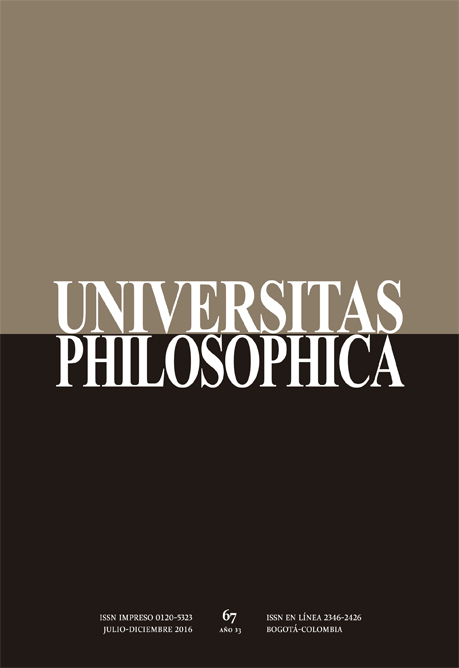Abstract
In this work, the author has two complementary objectives. Firstly, to demonstrate the contemporaneity of the Middle Ages and secondly, the false novelty of the Modern Times. The author shows the medieval horizon of modernity and, therefore, the false disjunction established between its origin, as rupture and break, considering the Middle Ages as Dark Ages. The author analyses several moments considered as indicating that rupture (the humanism, the dignity of man and Protestantism) and several topics traditionally considered as modern (secularization, the desire of knowledge and the concept of progress), in order to demonstrate their medieval filiations. The author does not pretend to defend the historical continuity within the logic of modernity, but the possibility of a genealogy of “oblivions” characterizing our age, in order to defend and reconsider the non- contemporary within a new definition of the contemporary and the study of medieval philosophy for herself, beyond her pre-modernity, in a post-modern order.
This journal is registered under a Creative Commons Attribution 4.0 International Public License. Thus, this work may be reproduced, distributed, and publicly shared in digital format, as long as the names of the authors and Pontificia Universidad Javeriana are acknowledged. Others are allowed to quote, adapt, transform, auto-archive, republish, and create based on this material, for any purpose (even commercial ones), provided the authorship is duly acknowledged, a link to the original work is provided, and it is specified if changes have been made. Pontificia Universidad Javeriana does not hold the rights of published works and the authors are solely responsible for the contents of their works; they keep the moral, intellectual, privacy, and publicity rights.
Approving the intervention of the work (review, copy-editing, translation, layout) and the following outreach, are granted through an use license and not through an assignment of rights. This means the journal and Pontificia Universidad Javeriana cannot be held responsible for any ethical malpractice by the authors. As a consequence of the protection granted by the use license, the journal is not required to publish recantations or modify information already published, unless the errata stems from the editorial management process. Publishing contents in this journal does not generate royalties for contributors.


